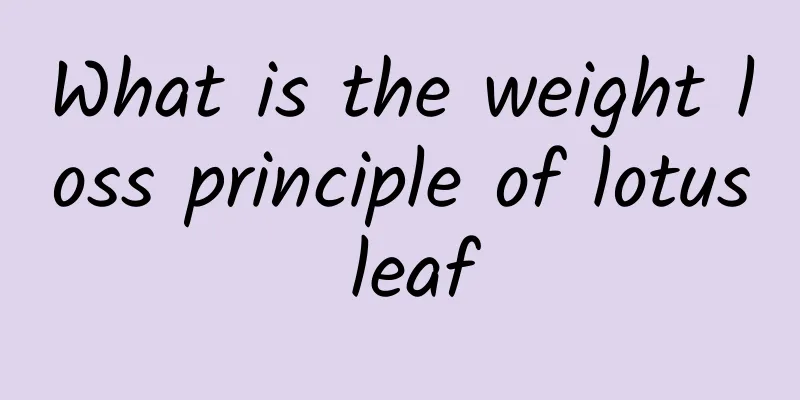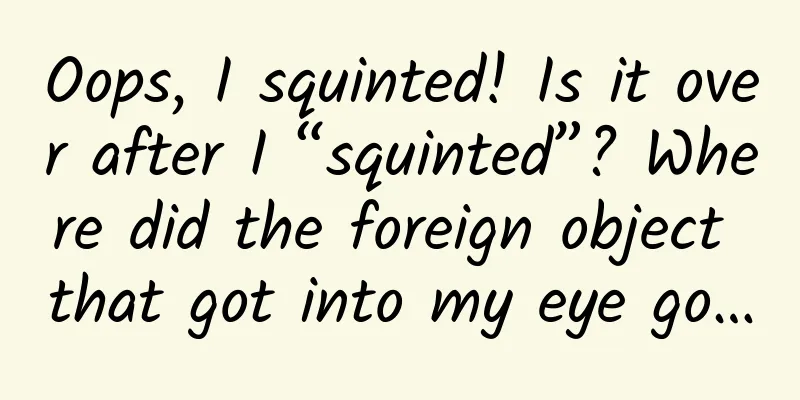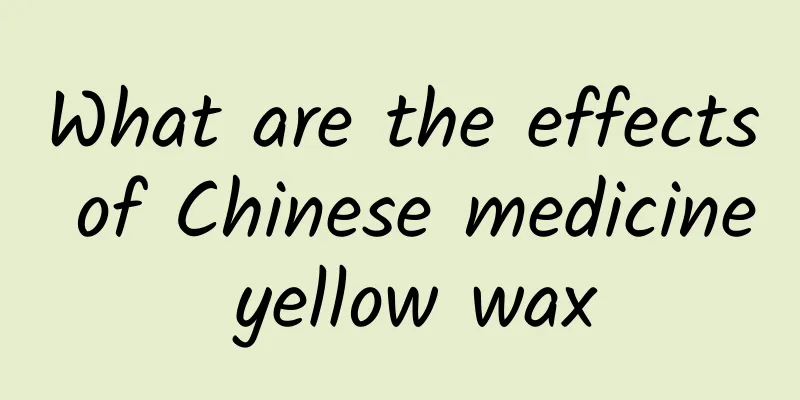How to distinguish true and false monk fruit?

|
Monk fruit is a plant of the Cucurbitaceae family. Its fruit is often used as a medicine in traditional Chinese medicine. Monk fruit is sweet but cold in nature. It is generally used to clear away heat and relieve cough. It can also effectively treat constipation. Because of its sweet taste and low calories, it is often a sugar substitute for diabetic patients. Monk fruit is easy to identify in appearance, but friends often report that they have bought fake monk fruit. So how should we distinguish between real and fake monk fruit? Let’s find out together below. (1) The powder of this product is brown. The stone cells in the pericarp are mostly in groups, yellow, square or oval, 7 to 38 μm in diameter, with thick walls and obvious pores. The stone cells of the seed coat are rectangular or irregular in shape, with thin walls and pits. The fibers are long and fusiform, with a diameter of 16 to 42 μm, a large cell cavity, and obvious wall pores. Visible ladder pattern and threaded conduit. The thin-walled cells are irregular in shape and have pits. (2) Take 2 g of the powder of this product, add 20 ml of dilute ethanol, heat and reflux for 30 minutes, filter, evaporate the filtrate to about 5 ml, extract twice with n-butanol (10 ml, 5 ml), combine the n-butanol solutions, evaporate to dryness, add 0.5 ml of methanol to dissolve the residue, and use it as the test solution. Take another 2 g of Momordica grosvenori as a reference medicinal material and prepare a reference medicinal material solution in the same manner. According to the thin layer chromatography method (Appendix Ⅵ B), 10 μl of each of the above two solutions were taken and spotted on the same silica gel G thin layer plate with sodium carboxymethyl cellulose as the adhesive, and chloroform-methanol-water (60:10:1) was used as the developing agent. After development, the plate was taken out, dried, sprayed with 10% ethanolic sulfuric acid solution, and heated until the spots were clearly colored. In the chromatogram of the test sample, spots of the same color appear at the corresponding positions in the chromatogram of the control medicinal material. The above is how to distinguish real and fake monk fruit. I hope that after learning the relevant content, you will be able to correctly identify it when purchasing. Here I would like to introduce to you the simplest way to use monk fruit. You can slice the monk fruit and boil it in water before drinking it. It is very effective for hoarseness. You can also make tea with the finished monk fruit, which can moisten the lungs and relieve throat. |
<<: How to distinguish between real and fake Cistanche deserticola
>>: How to distinguish true and false chicken bone grass
Recommend
The efficacy and function of the flower
Recently, major TV channels have launched various...
15 years after the Wenchuan earthquake: They are more "insidious" than earthquakes, and this difficult problem has not been solved
We often lament the instantaneous power and destr...
The color of your quilt really affects your sleep quality! Change it now!
Can the color of the quilt affect your sleep? ——R...
Why are there only salted duck eggs but no salted chicken eggs?
Author: Gongzi Xin When you have breakfast or por...
Regarding chaos, what did Ulam, the father of the hydrogen bomb, do?
Before the definition of "chaos" in a d...
What are the medicinal values of mustard?
Shepherd's purse is a very common vegetable, ...
Don't stay up late! The DNA in your body is constantly breaking down, and it can only be repaired if you get enough sleep!
Expert of this article: Zhao Wei, MD, associate c...
Are the maximum number and the minimum upper bound the same thing?
Einstein once said that if you forget everything ...
The efficacy and function of stone ear
The development of Western medicine has brought s...
The efficacy and function of donkey meat
As for donkey meat, I think some people may have ...
What are the effects of Astragalus polysaccharide
Astragalus polysaccharide, a common Chinese medic...
Why do wild geese fly in a line or a V-formation?
This article was reviewed by Zhu Guangsi, a popul...
Can water be compressed?
About 70% of the earth's surface is covered b...
Are those health supplements that young people are flocking to really worth taking?
“Can health supplements help young people stay he...
What are the ways to eat American ginseng?
American ginseng is one of the most common nouris...



![[Popular Science of Chinese Military Technology] What are the characteristics of the "Suzaku-2", the world's first liquid oxygen-methane rocket that successfully entered orbit?](/upload/images/67f0a633d3c55.webp)





